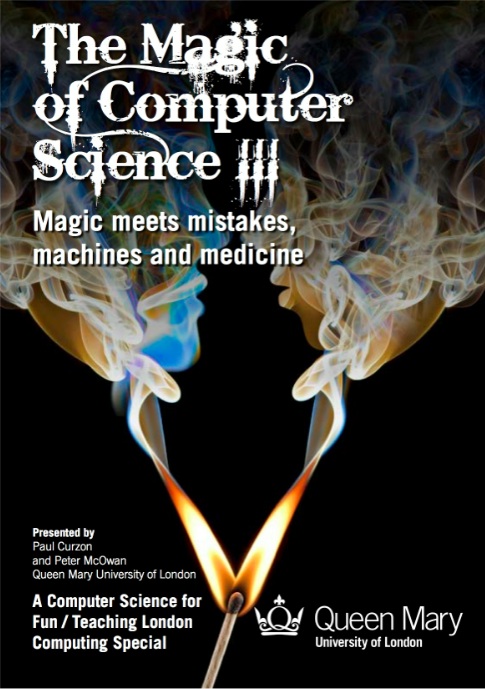Filters
Clear allSubject
- Careers (45) Apply Careers filter
- Climate Change (2) Apply Climate Change filter
- Creative arts and media (4) Apply Creative arts and media filter
- Cross curricular (36) Apply Cross curricular filter
- Design and technology (205) Apply Design and technology filter
- Engineering (123) Apply Engineering filter
- Food Preparation and Nutrition (2) Apply Food Preparation and Nutrition filter
- Leadership (1) Apply Leadership filter
- Mathematics (151) Apply Mathematics filter
- Personal development (2) Apply Personal development filter
- Psychology (1) Apply Psychology filter
- Science (173) Apply Science filter
- Space (2) Apply Space filter
- STEM Ambassadors (8) Apply STEM Ambassadors filter
- STEM Clubs (13) Apply STEM Clubs filter
Age range
Type
- Activity sheet (136) Apply Activity sheet filter
- Article (72) Apply Article filter
- Assessment (3) Apply Assessment filter
- Audio (5) Apply Audio filter
- Data set (2) Apply Data set filter
- Demonstration (3) Apply Demonstration filter
- Experiment (1) Apply Experiment filter
- Game (4) Apply Game filter
- Group work (4) Apply Group work filter
- Image (13) Apply Image filter
- Information sheet (29) Apply Information sheet filter
- Interactive resource (6) Apply Interactive resource filter
- Open-ended task (1) Apply Open-ended task filter
- Poster (9) Apply Poster filter
- Presentation (64) Apply Presentation filter
- Quiz (1) Apply Quiz filter
- Research (40) Apply Research filter
- Self assessment (1) Apply Self assessment filter
- Simulation (2) Apply Simulation filter
- Teacher guidance (156) Apply Teacher guidance filter
- Textbook (18) Apply Textbook filter
- Video (36) Apply Video filter
- (-) Remove Include Physical Resources filter Include Physical Resources
Showing 796 results
This simple game is an engaging way to extend learning in Scratch. It uses fairly simple scripts running in parallel to detect collisions and move sprites, which have been designed in the Scratch environment. It could be used a basis for other similar ‘scrolling’ games.
This activity is an introduction to writing programs that can handle errors. It also helps students to understand number bases, by guiding them through the writing of a ‘base converter’ program.
Suitable for students throughout secondary computing, including those studying at an advanced level, this exercise introduces the Heap Sort and explores why it is more efficient than the Bubble Sort in another Scratch Patch article. Students learn about tree data structures, including the correct terminology for...
This game-writing activity using Scratch will bring back youthful memories for some! It provides...
This practical guide to creating a simple game is aimed at those new to programming with Scratch...
Combining some fundamental physics with trigonometry and computer programming, this guide helps students to create a simulation of the projectile motion of a cannon ball. The concepts are all briefly explained, and the program introduces some clever mathematics as well as game elements, such as collision detection...
This project, exploring basic encryption, is a useful introduction to data security as well as iterating through strings to manipulate them. The program create a ‘substitution cipher’, one of the most basic forms of encryption. It also demonstrates that, for more complex chained commands, Scratch becomes rather...
This visual mathematics project focuses on the beautiful images known as Julia Sets (named after French mathematician Gaston Julia). Students use a repeated iterations to explore the world of complex numbers, writing and amending a relatively complicated Scratch program.
Teach Computing is an educational programme provided by the National Centre for Computing Education. It provides high-quality support for the teaching of computing in schools and colleges, from key stage 1 through to A level. The extensive range of training, resources and support covers elements of the curriculum...
This item is one of over 25,000 physical resources available from the Resources Collection. The Archive Collection covers over 50 years of curriculum development in the STEM subjects. The Contemporary Collection includes the latest publications from UK educational publishers.
The CS4FN magic books are collections of easy to do magic tricks (mainly simple card tricks). The twist is that every trick comes with a link to some computer science too. That means that as you learn the tricks, you will learn something about what...

The CS4FN magic books are collections of easy to do magic tricks (mainly simple card tricks). The twist is that every trick comes with a link to some...
The CS4FN magic books are collections of easy to do magic tricks (mainly simple card tricks). The twist is that every trick comes with a link to some computer science too. That means that as you learn the tricks, you will learn something about what...
The magic of…is a collection of four resources, produced by Queen Mary College at the University of London, designed for teachers to use in the classroom with the intention of making learning engaging and entertaining. The four resources are all linked to the relevant curricula and provide inspiration when teaching...
This item is one of over 25,000 physical resources available from the Resources Collection. The Archive Collection covers over 50 years of curriculum development in the STEM subjects. The Contemporary Collection includes the latest publications from UK educational publishers.
